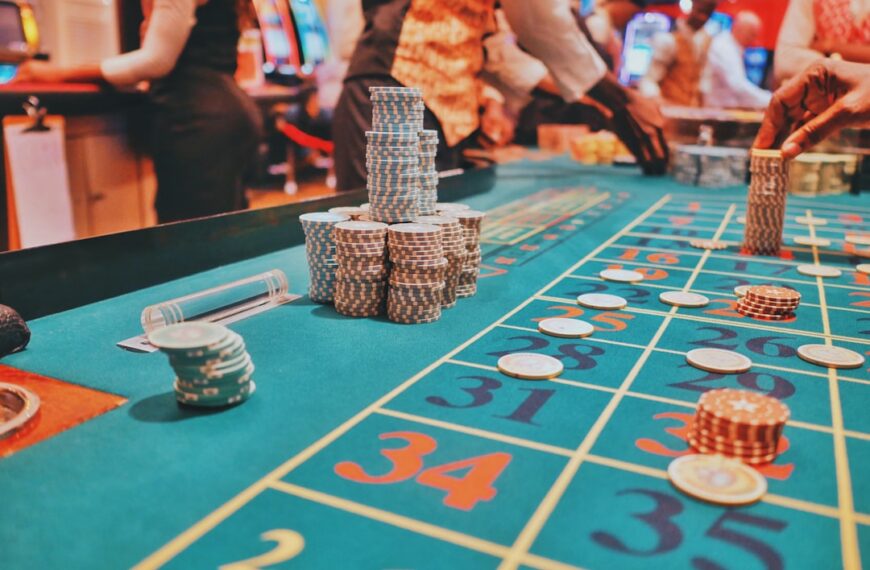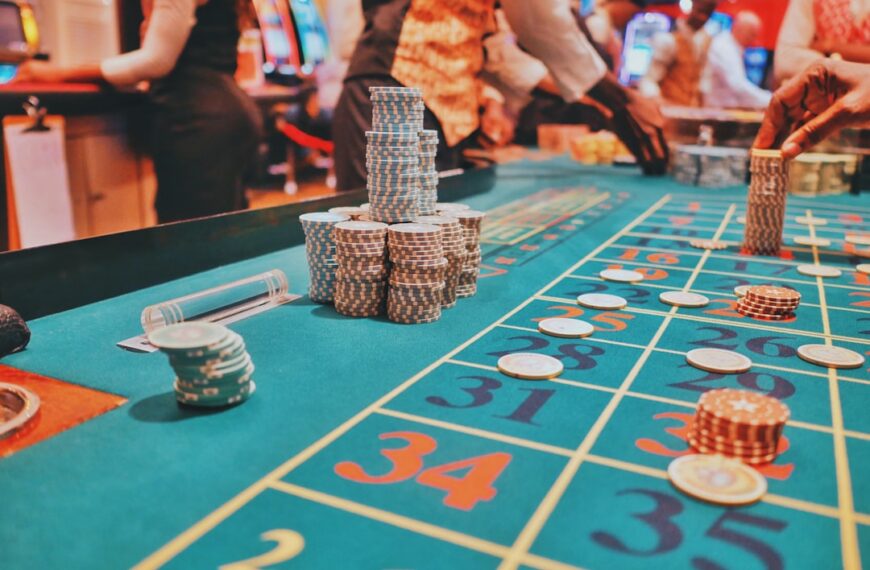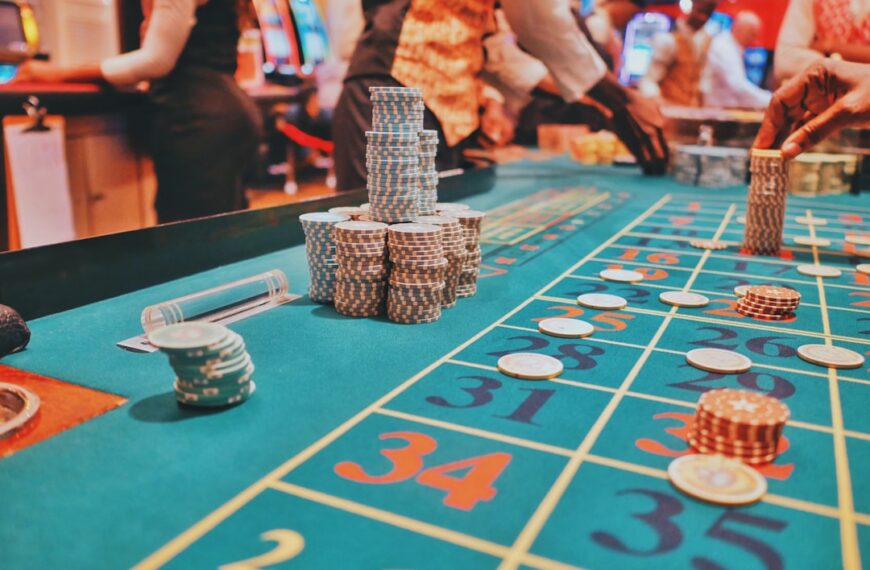Understanding how slot machines pay out goes far beyond simply hitting a spin button. At Here Is Gambling, we believe informed choices lead to safer play. Two critical concepts that every slot player should grasp are Return to Player (RTP) and volatility. These aren’t just technical terms; they are the secrets to understanding the potential payouts and the overall experience a slot game offers. Demystifying these elements helps you manage your expectations, make smarter decisions about your bankroll, and ultimately, play more responsibly.
Beyond the Reels: Understanding How Slots Really Pay Out
Slot machines might seem like simple games of chance, but beneath the vibrant graphics and engaging sound effects lies a complex mathematical model. Every spin is determined by a Random Number Generator (RNG), a sophisticated algorithm that ensures each outcome is completely independent and unpredictable. This means there are no “hot” or “cold” streaks, nor can you influence the outcome based on previous spins. The true payout mechanics, including how often and how much a slot pays, are embedded in its programmed RTP and volatility settings.
Return to Player (RTP): What It Means for Your Winnings
RTP, or Return to Player, is a theoretical percentage indicating the proportion of all wagered money a slot machine will pay back to players over an extended period of time. For example, a slot with a 96% RTP means that, for every $100 wagered on the game over millions of spins, it is expected to return $96 to players, with the remaining $4 being the house edge. It’s crucial to understand that RTP is a long-term average, not a guarantee for any single session. Your personal experience over a few hundred or even a few thousand spins can vary significantly. Higher RTP slots generally offer better value over time, and our casino and betting guides often highlight games with favorable RTPs.
Demystifying Slot Volatility: Low, Medium, and High Variance Explained
While RTP tells you how much a slot pays back over time, volatility (also known as variance) tells you how it pays back. It describes the risk level of a slot machine, determining the frequency and size of its payouts.
-
Low Volatility Slots
These games offer frequent, smaller wins. They are excellent for players with a smaller bankroll who want to extend their playtime and enjoy consistent, albeit modest, payouts. Low volatility slots provide a steadier gaming experience with less dramatic swings in your balance.
-
Medium Volatility Slots
Medium volatility slots strike a balance between risk and reward. They offer a mix of smaller, more frequent wins and occasional larger payouts. These games are popular among players who enjoy a reasonable balance of excitement without requiring a massive bankroll.
-
High Volatility Slots
High volatility slots are for players seeking big thrills and substantial payouts. These games pay out less frequently, but when they do, the wins can be significantly larger. Playing high volatility slots requires patience and a larger bankroll to withstand longer losing streaks while waiting for that potentially life-changing win. Bankroll management is paramount when engaging with high-variance games.
The Relationship Between RTP, Volatility, and Your Bankroll
RTP and volatility work hand-in-hand to define your slot experience. A high RTP combined with low volatility might offer consistent, small returns, extending your play sessions. Conversely, a high RTP with high volatility could lead to long periods without significant wins, followed by potentially massive payouts. Your bankroll is your playing budget, and understanding this relationship is key to responsible gambling. High volatility slots, while offering bigger potential rewards, can quickly deplete a smaller bankroll if you’re not prepared for the dry spells. Always consider your budget and risk tolerance when choosing a slot game.
Choosing the Right Slot: Matching Games to Your Play Style
With a clear understanding of slot machine RTP and volatility, you can choose games that align with your personal preferences and bankroll management strategy:
- If you prefer longer play sessions with less risk and more frequent small wins, opt for low volatility slots, ideally with a decent RTP.
- If you enjoy a balance of small and large wins and can tolerate moderate swings, medium volatility slots are a great choice.
- If you’re chasing those massive jackpots and are prepared for longer periods without significant wins, high volatility slots (with a sufficient bankroll) might be for you.
Remember that RTP is crucial for long-term value, but volatility dictates the ride. Always check the game information for these metrics before you start spinning.
The Randomness Factor and Strategies for Responsible Slot Play
The randomness of slot machines, governed by the RNG, means there’s no skill involved in affecting individual outcomes. No strategy can guarantee a win, and myths about “due” payouts or betting patterns are simply untrue. The only effective strategy is managing your play responsibly. Here Is Gambling emphasizes making informed choices.
Here are key strategies for responsible slot play:
- Set a Budget: Determine how much you are willing to spend and stick to it, regardless of wins or losses. This is fundamental for effective bankroll management.
- Understand the Game: Know the RTP and volatility before you play.
- Time Limits: Set limits on how long you play to avoid chasing losses.
- Take Breaks: Step away periodically to clear your head.
- Never Chase Losses: This is a dangerous path that can lead to significant financial harm.
- Play for Entertainment: View slots as a form of entertainment, not a way to make money.
Exploring bonuses and wagering requirements can also impact your overall slot experience, as these often have specific terms tied to game RTP and contribution rates. We encourage all players to prioritize safety. If you ever feel like your gambling is becoming a problem, resources for responsible gambling are readily available.
At Here Is Gambling, our mission is to empower you with transparent, factual information. Ready to make informed choices? Explore our responsible gambling resources first, then dive into our comprehensive casino and betting guides, or compare licensed options in your jurisdiction.
FAQ
What is a good RTP for a slot machine?
Generally, an RTP of 96% or higher is considered good. Many online slots fall into the 92-98% range, but the higher the percentage, the better the theoretical long-term return to the player.
Can I tell a slot’s volatility before playing?
Often, yes. Many reputable online casinos and game developers will list the volatility (or variance) in the game’s information or help section. If not explicitly stated, you can often infer it by looking at the paytable – games with huge jackpots and large gaps between payouts tend to be high volatility, while games with smaller, more frequent payouts suggest low volatility.
Does RTP change based on how much I bet?
For most modern online slot machines, the RTP remains constant regardless of your bet size. However, some older or specific land-based machines might have varying RTPs depending on the coin denomination or if a bonus bet is activated. Always check the game’s rules.
How does RTP relate to responsible gambling?
Understanding RTP helps you set realistic expectations. Knowing that a slot has a house edge (e.g., 4% for a 96% RTP game) reinforces the idea that gambling is entertainment and not a guaranteed way to make money. This awareness is a cornerstone of responsible gambling, as it encourages players to budget appropriately and avoid chasing losses.
Should I always choose high RTP slots?
While high RTP slots offer better theoretical returns over time, personal preference matters. If you enjoy the excitement of infrequent, massive wins, a high volatility slot with a slightly lower RTP might be more appealing to you, provided you have the bankroll to support it and play responsibly. For consistent, longer play sessions, a high RTP, low volatility slot is often preferred.










